


声明:本文内容由互联网用户自发贡献自行上传,本网站不拥有所有权,未作人工编辑处理,也不承担相关法律责任。如果您发现有涉嫌版权的内容,欢迎发送邮件至:service@bkw.cn 进行举报,并提供相关证据,工作人员会在5个工作日内联系你,一经查实,本站将立刻删除涉嫌侵权内容。
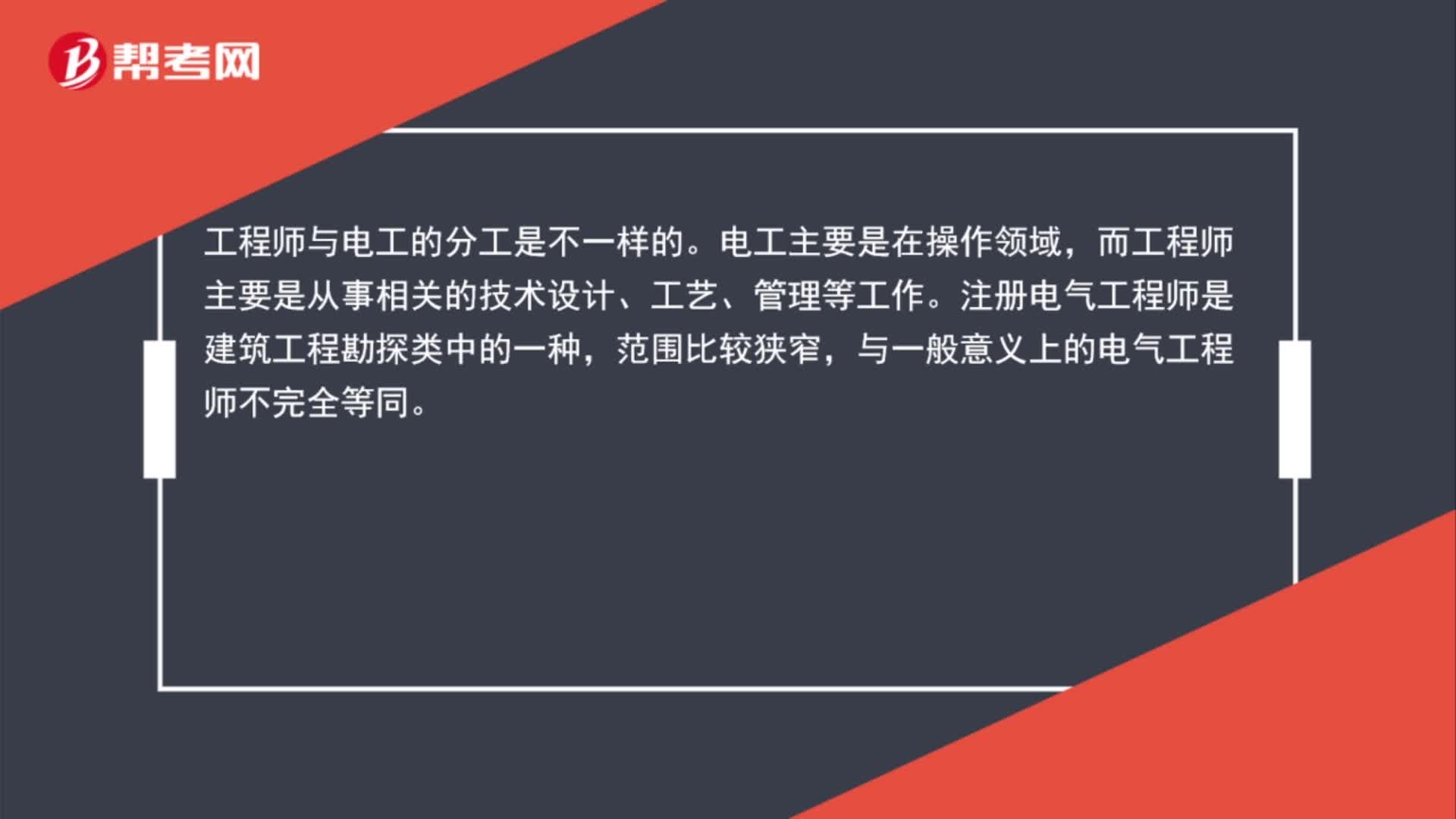 56
56注册电气工程师与电工证的区别是怎样的?:注册电气工程师与电工证的区别是怎样的?工程师与电工的分工是不一样的。电工主要是在操作领域,而工程师主要是从事相关的技术设计、工艺、管理等工作。注册电气工程师是建筑工程勘探类中的一种,范围比较狭窄,与一般意义上的电气工程师不完全等同。
959播放2020-06-03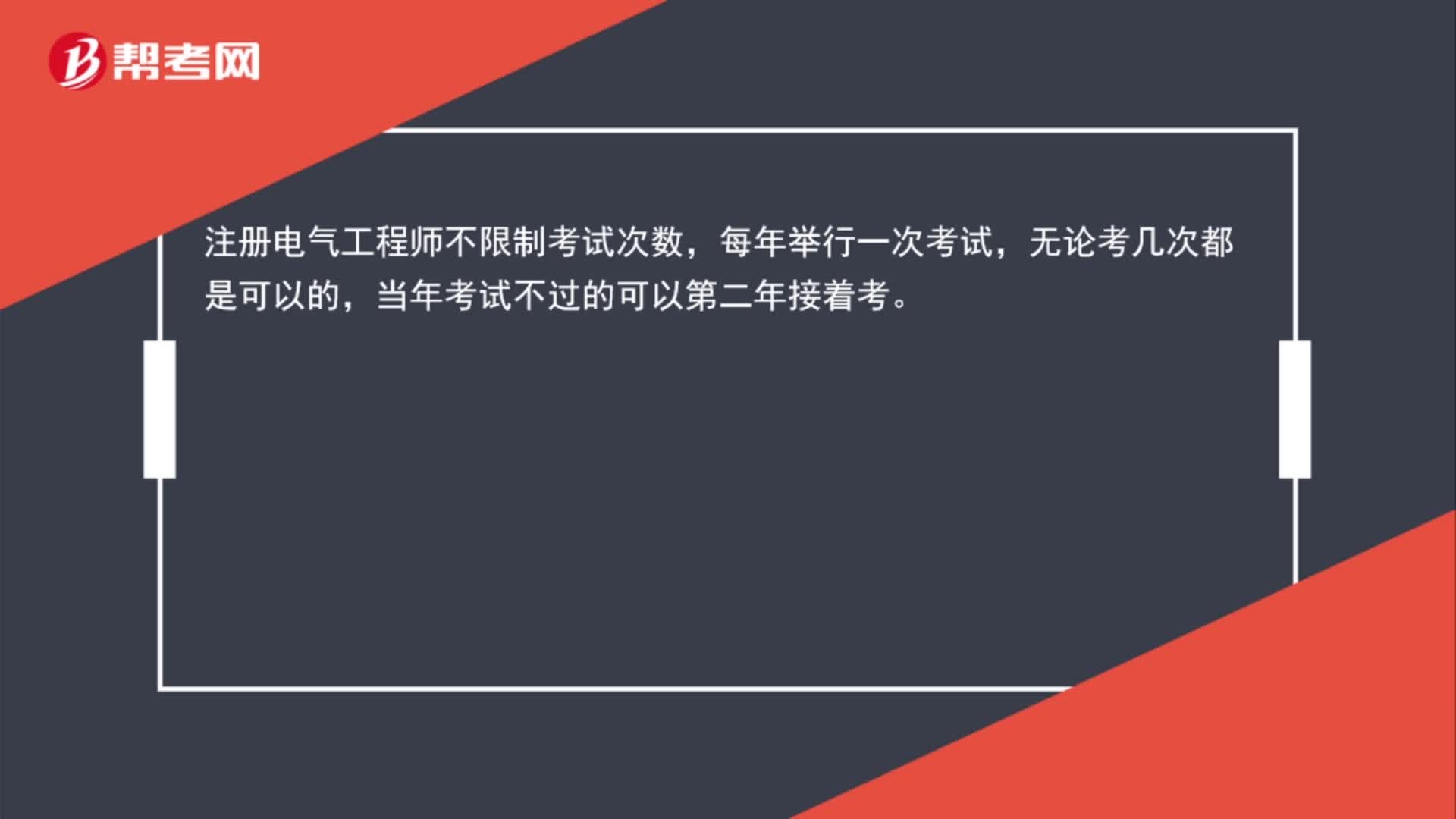 44
44注册电气工程师有限制考试次数吗?:注册电气工程师不限制考试次数,每年举行一次考试,无论考几次都是可以的,当年考试不过的可以第二年接着考。
1344播放2020-06-03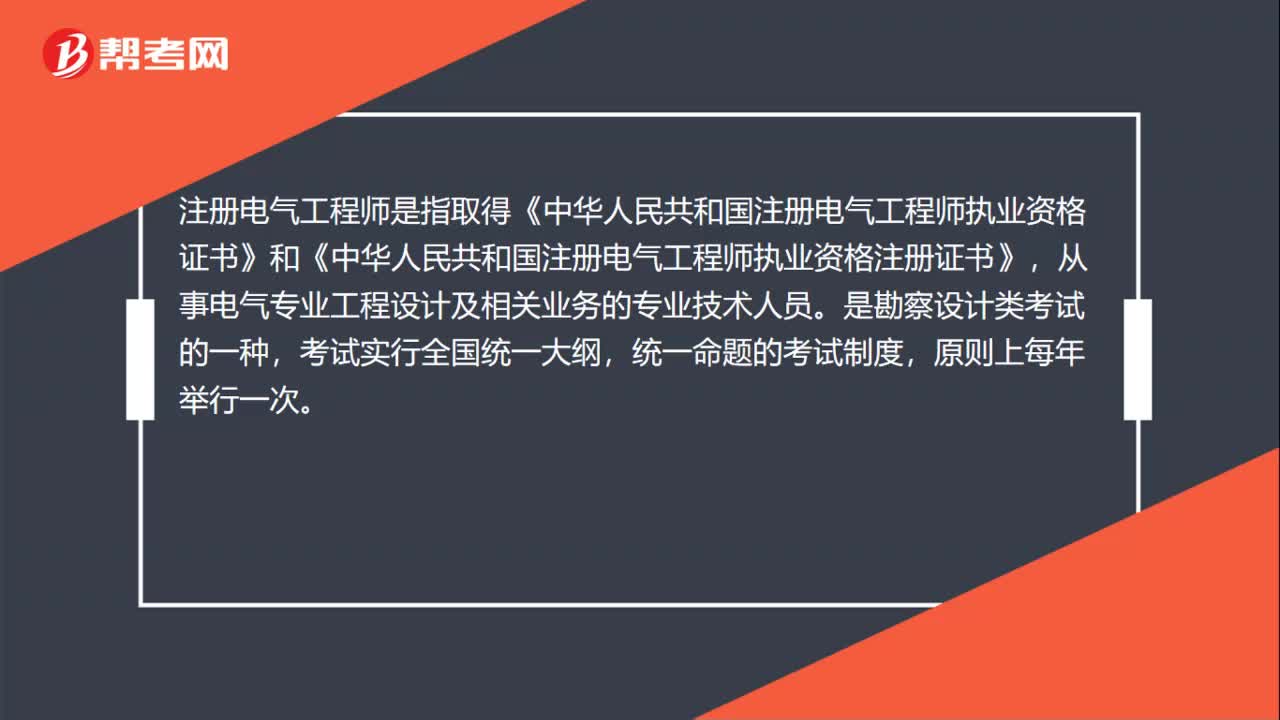 69
69注册电气工程师和职称中的工程师有什么区别?:注册电气工程师和职称中的工程师有什么区别?注册电气工程师是指取得《中华人民共和国注册电气工程师执业资格证书》和《中华人民共和国注册电气工程师执业资格注册证书》,从事电气专业工程设计及相关业务的专业技术人员。是勘察设计类考试的一种,考试实行全国统一大纲,助理工程师、中级工程师、高级工程师是职称,理论上职称是指专业技术人员的专业技术水平、能力,是反映专业技术人员的技术水平、工作能力的标志。
1424播放2020-05-30
机械工程及其自动化和电气工程及其自动化那个比较适合女生学???
暖阳与酒·2020-06-10对电气工程及其自动化不感兴趣,怎么办?
bamafou·2020-06-03电气工程及其自动化主要学哪方面的知识?
caofenwa·2020-04-21电气工程及其自动化电气工程及自动化专业好就业吗?
binnongqu·2019-10-30电气工程及其自动化专业怎么样?
bunaoguai·2019-10-30电气工程及其自动化学Java有用?
chanmeping·2019-10-30电气工程与自动化和电气工程及其自动化什么区别
bofiaoda·2019-10-30电气工程及其自动化专业难吗?
bangguangzhun·2019-10-28自动化和电气工程及其自动化好不好?谢谢
chaimangzan·2019-10-28请问机械设计制造及其自动化与电气工程及其自动化哪个好一点?
baopusang·2019-10-28
电气工程师《发输变电》的重要知识点有什么?
chaniuduan·2021-03-18电气工程师《发输变电》的有什么重要知识点?
canguangruan·2021-03-18电气工程师《发输变电》考点有哪些?
chanchekao·2021-03-182021电气工程师《发输变电》有哪些考点呢?
chaniuduan·2021-03-18电气工程师《发输变电》中提高蒸汽品质的措施有哪些?
chaniuduan·2021-03-182021年电气工程师《发输变电》有哪些练习的资料呢?
baolatian·2021-03-18电气工程师《发输变电》练习题有哪些呢?
bobudiao·2021-03-18电气工程师《发输变电》部分的练习题有哪些呢?
bieshangshen·2021-03-182021年电气工程师《发输变电》有哪些练习题?
amanxian·2021-03-18电气工程师《发输变电》的练习题求分享
chaniuduan·2021-03-18
2022年电气工程师《发输变电专业》每日一练0128
帮考网校·2022-01-282022年电气工程师《基础知识》每日一练0128
帮考网校·2022-01-282022年电气工程师《供配电专业》章节练习题精选0128
帮考网校·2022-01-282022年电气工程师《基础知识》章节练习题精选0128
帮考网校·2022-01-282022年电气工程师《发输变电专业》历年真题精选0128
帮考网校·2022-01-282022年电气工程师《基础知识》模拟试题0128
帮考网校·2022-01-282022年电气工程师《基础知识》历年真题精选0128
帮考网校·2022-01-282022年电气工程师《供配电专业》模拟试题0128
帮考网校·2022-01-282022年电气工程师《供配电专业》每日一练0128
帮考网校·2022-01-282022年电气工程师《供配电专业》历年真题精选0128
帮考网校·2022-01-28
大专生助理电气工程师
chaniuduan·2024-02-10美国电子电气工程师学会
chaichengze·2024-02-10怎样才能考到电气工程师证
chaxingka·2024-02-10电气工程师不是设计吗
benxiaohai·2024-02-10电气工程师都有啥证
归无·2024-02-10电工到电气工程师要学什么
binzhuique·2024-02-10北京水处理电气工程师招聘
buwaichai·2024-02-10电气工程师常用检测工具
bangzuno·2024-02-10注销电气工程师可以挂证吗
还记得那个逗你笑的男孩·2024-02-10电气工程师是骗局吗
aochuzhi·2024-02-10
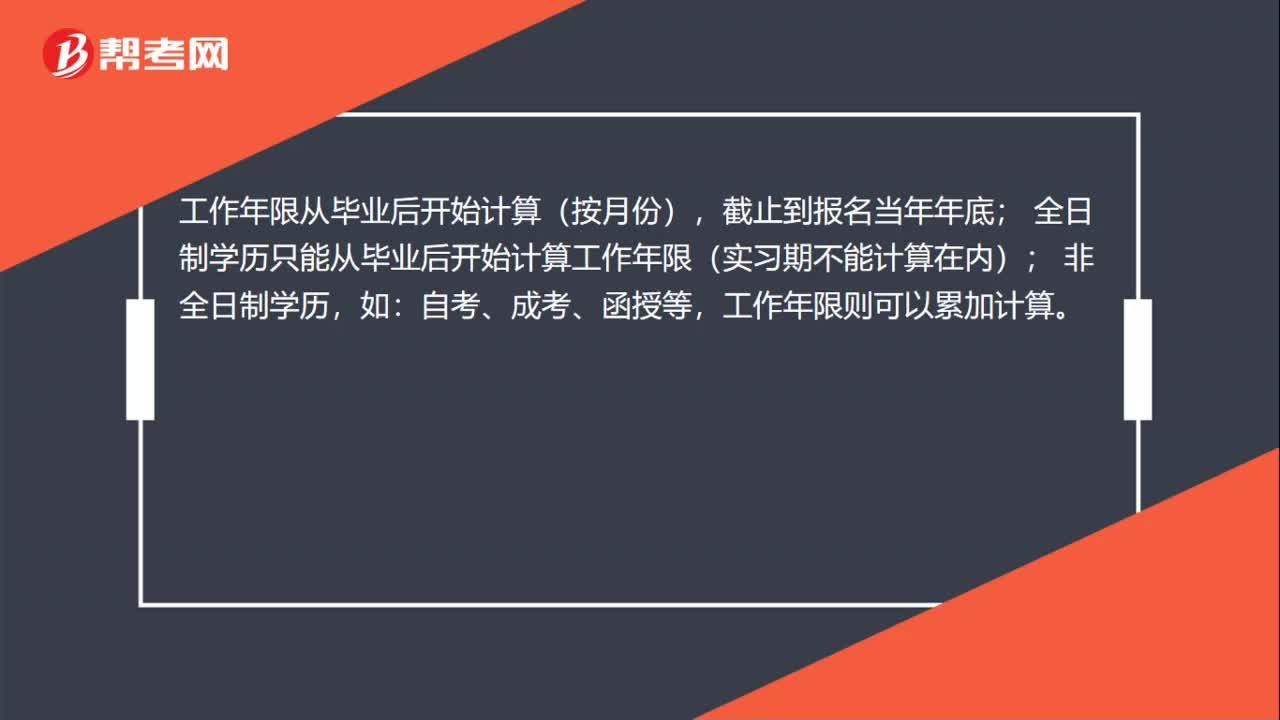 00:28电气工程师考试要求的工作年限怎么计算?
00:28电气工程师考试要求的工作年限怎么计算?2020-05-30
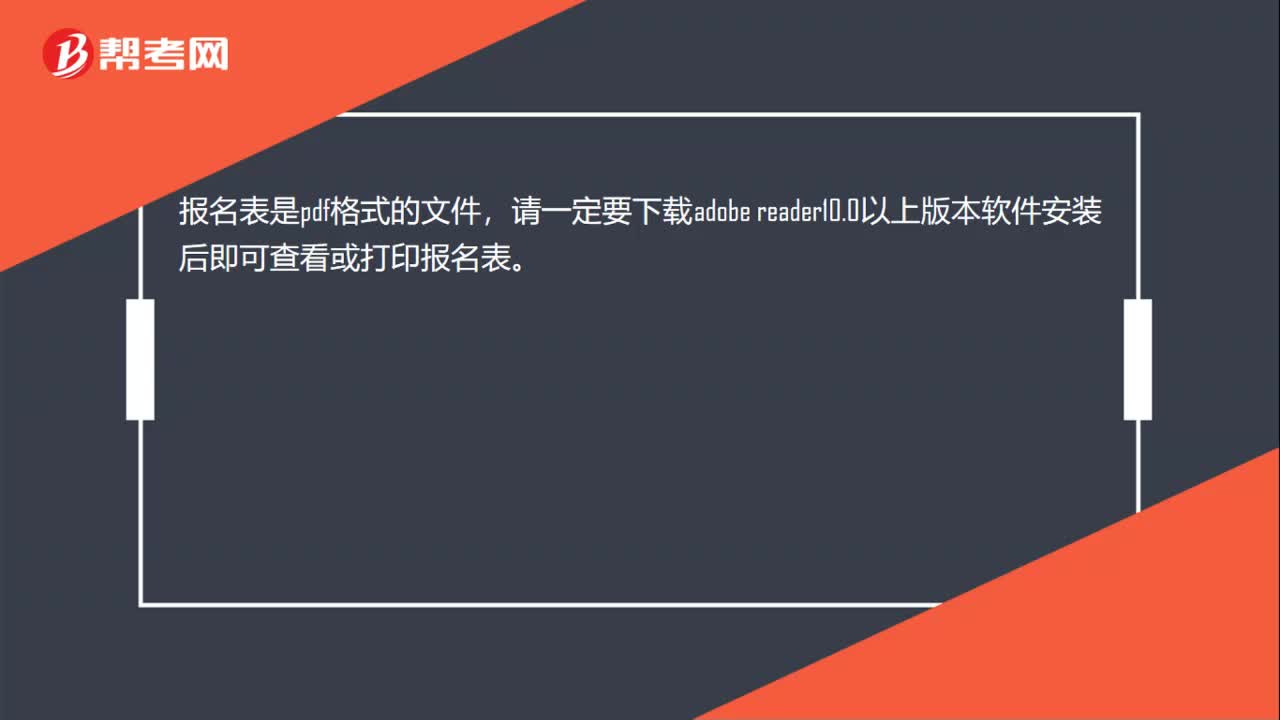 00:24电气工程师考试网上下载的报名表无法打开或内容显示不完整怎么办?
00:24电气工程师考试网上下载的报名表无法打开或内容显示不完整怎么办?2020-05-30
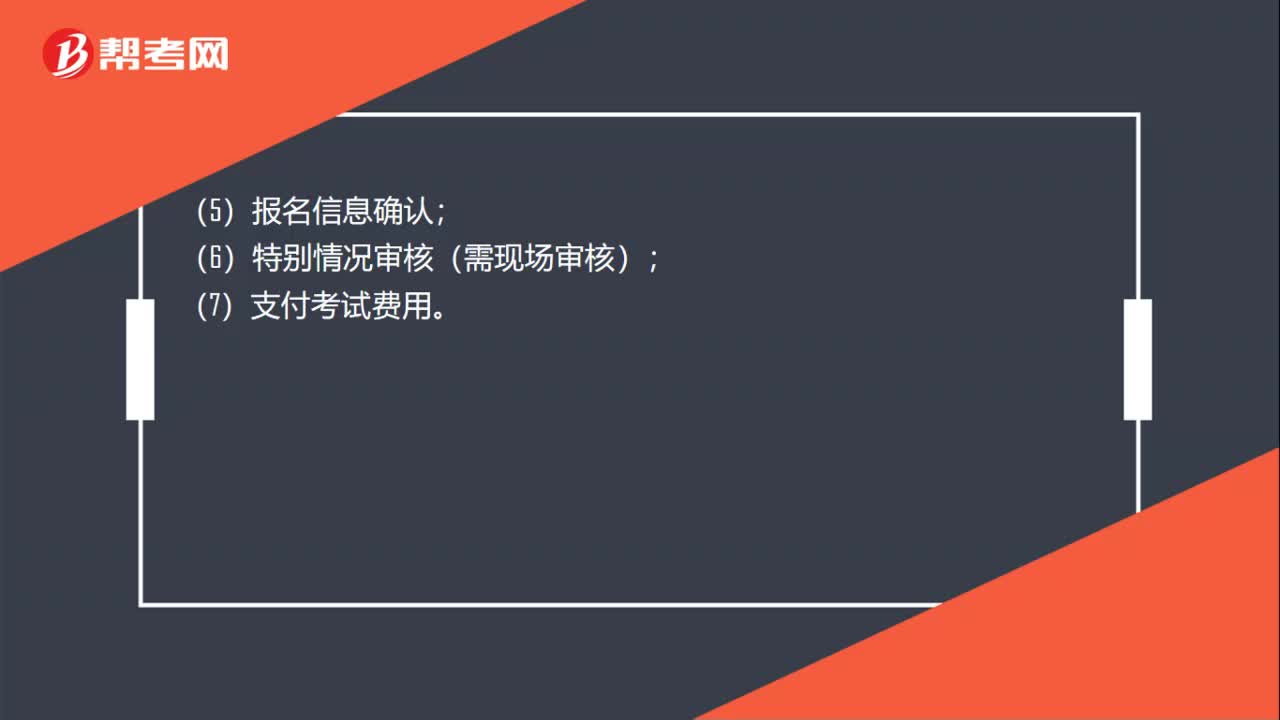 00:32电气工程师考试网上如何报名?
00:32电气工程师考试网上如何报名?2020-05-30
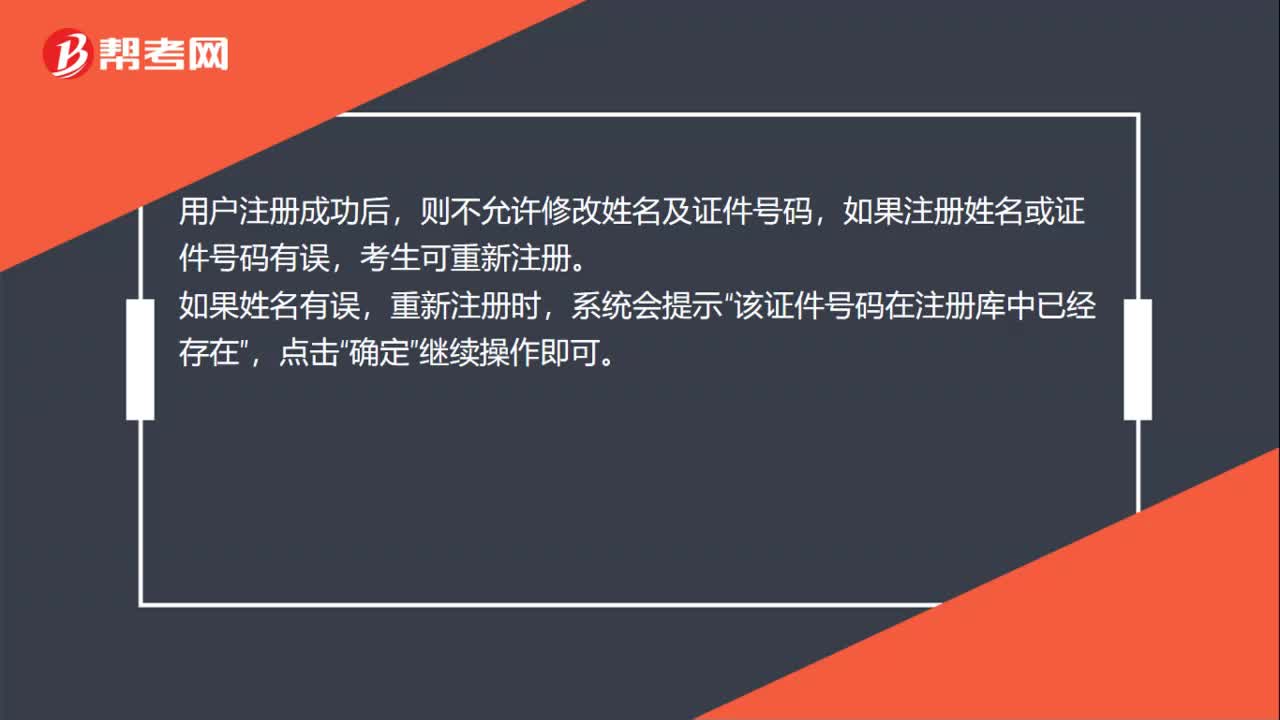 00:31电气工程师考试网上报名时注册信息中姓名及证件号码如何修改?
00:31电气工程师考试网上报名时注册信息中姓名及证件号码如何修改?2020-05-30
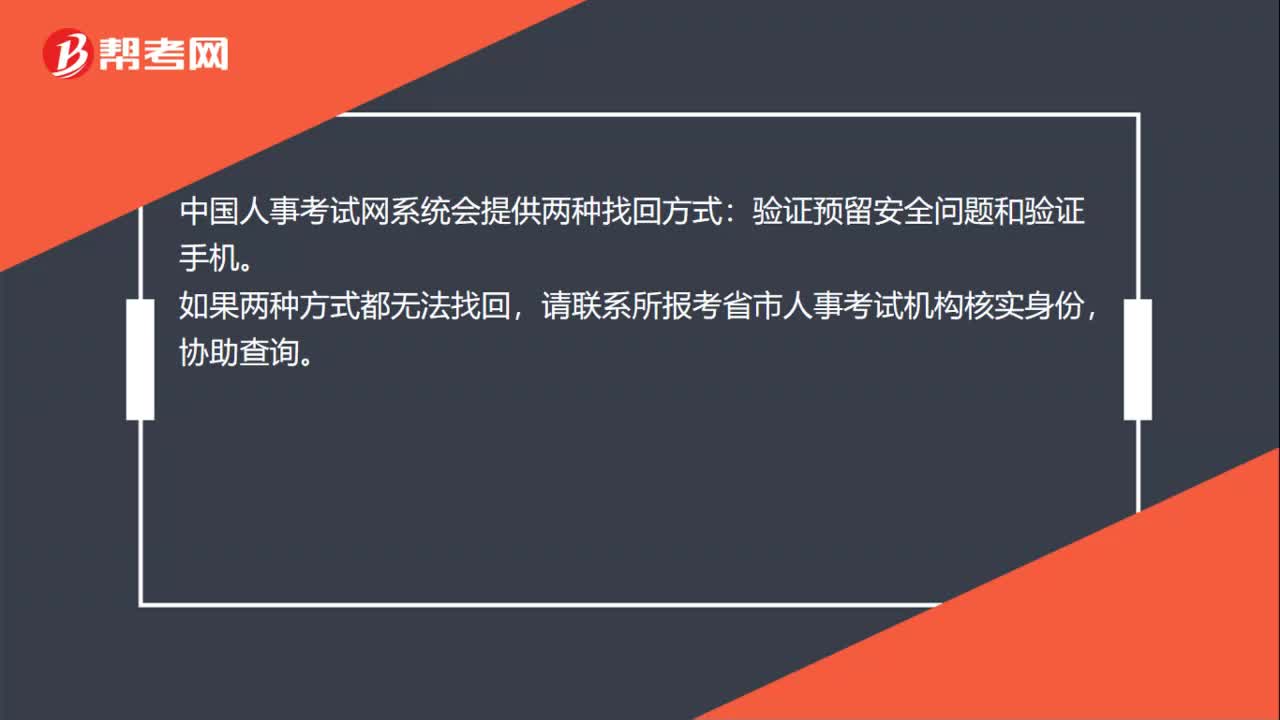 00:26电气工程师考试网上报名时忘记用户名及密码该如何处理?
00:26电气工程师考试网上报名时忘记用户名及密码该如何处理?2020-05-30

微信扫码关注公众号
获取更多考试热门资料














